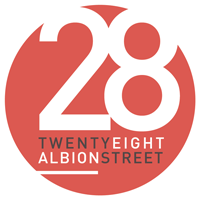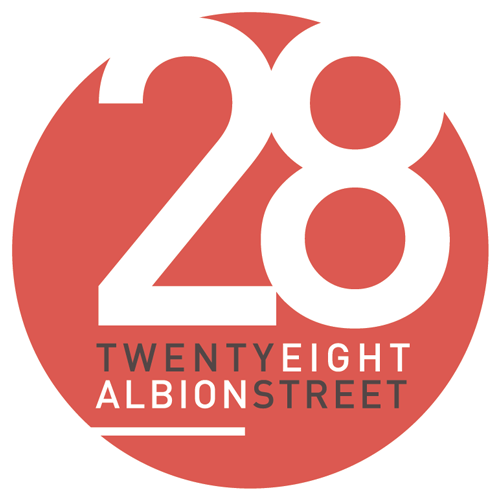History
The Katanning Roller Flour Mill was established on the last day of April in 1891.
Its founders, Frederick and Charles Piesse, spent 6000 pounds to open the mill which, at the time, had the capacity to produce 8 tonnes of flour a day. Two years after the mill’s foundation, it began to receive national attention resulting for a number of families from the east to migrate to Katanning. The flour mill was initially open only during the harvesting season until 1899 when the facility started to operate the entire year.
From 1904 to 1961, the generators from the mill supplied electricity to the town of Katanning. F.T.R Piesse inherited the flour mill and led its operations in 1912 after his father’s death. Five decades after it was opened, the roller flour mill had eighty employees under its wing and was already exporting to other countries such as Egypt, London, and Singapore.
Due to overcapitalization, the mill briefly stopped its operations in 1921. A new company, the Katanning Flour Mills Limited, was founded in 1927 using the money raised by the townsmen. The new establishment focused its operations in Swan rolled flour and grist orders from farmers. The mill once again come across difficulties in 1970 and was taken over by Katanning’s Oat Milling Company. It was closed for good in 1977 after not being able to keep up with the advancement of the milling process in metropolitan plants.
The Shire of Katanning purchased the roller flour mill in 1981 for $29000. It was opened to public until last year when it was shut down for repairs. The mill’s restoration still continues today.
Process and Machinery
Roller milling is a gradual process of grinding the grain using pairs of rollers and sieving the resulting material in each reduction. Various machineries were used during the milling process. The most important machines in the mill were the rolls which controlled the consistency and amount of flour produced. The roller mills were grouped into three: break, scratch, and reduction.
Break and scratch rolls were almost the same except that scratch rolls had finer flutes. Break rolls were used to open and scrape the endosperm from the skin while the latter were used to remove bran and reduce the size of semolina granules. Reduction rolls, on the other hand, were used in the final stage of the milling process to reduce the granules to flour.
Except for the roller mills, among the other machineries used in the Katanning roller flour mill are plansifters, dust collectors, ribbon mixer, wheat meal mill, and bucket elevators.
Other Places of Interest in Katanning
Since July last year, the mill building is closed to public to allow its restoration. Tourists, however, still have a number of places to spend their time while they are in town. Among the places of interest in Katanning are the All Ages Playground, Katanning Miniature Railway, BMX and Skateboard Tracks, Heritage Rose Garden, Herald Print Museum and Wakes Garage, the town’s library and art gallery, the town museum, and the Shire of Katanning Saleyard Complex.


